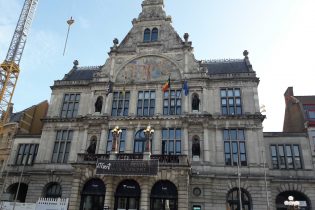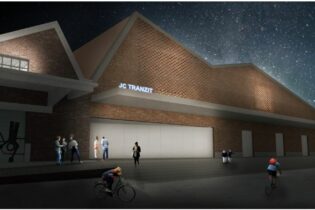RUBENS HOUSE
Antwerp, Belgium, Europe
Rubenshuis, (Dutch for Rubens House) is the original home and studio heritage protected building designed by the renaissance painter Peter Paul Rubens (1577-1640) which has now been converted to a museum. It not only displays his artwork, but it also provides a glimpse of Rubens living and working environment.
In order to maintain the integrity and value of Rubens artwork and of the building itself, our engineers had to understand not only the challenges of the museum but to find a way to integrate all the necessary technical equipment required to address these challenges into the building. The greatest challenge for our office was the incorporation of these technical systems throughout the entire building with focus upon the exposition halls to the main technical room, without compromising the heritage value of the building itself. The concerning issues of the museum was to maintain a constant temperature & relative humidity level, proper air filter ventilation systems, acceptable lighting levels, and high security 24/7 year round, regardless of hourly fluctuations in visitor levels, and regardless of seasonal weather influences. boydens engineering was able to address and meet these challenges of Rubenshuis: heating and impurities in the air can cause further deterioration to paintings speeding up the process of natural aging. Proper air filter systems that remove dust, and organic materials such as moulds must be integrated, while keeping air temperatures at a constant level.
High or low relative humidity levels including rapid changes to the humidity level are very damaging to paintings. Low humidity tends to cause mechanical damage to the paint, by making the paint brittle and prone to cracking. High humidity tends to promote the growth biological organisms such as molds which are also very destructive to artwork. Rapid and frequent changes to relative humidity are damaging to wooden panel paintings causing the wooden panels to curve. A sudden increase of visitors to an exposition hall affects the temperature and humidity level of that one particular exposition hall. Each exposition hall had to have its own regulating system. So it was of upmost importance that the humidity level remains constant at all times in every room simultaneously.





















